Comments / Questions (21)
![]() Manuela wrote:
Manuela wrote:
Me encanta todo !!
05.10.2024 - 16:31
![]() Catherine Bron wrote:
Catherine Bron wrote:
Merci pour votre réponse concernant les emmanchures en S/M ! Mais avant de commencer A3-A4, faut-il faire les 9 tours de A1-A2 ? Merci beaucoup !
21.05.2024 - 17:13DROPS Design answered:
Bonjour Mme Bron, tout à fait, vous crochetez d'abord A.1/A.2, puis les tours 1 et 2 de A.3 et A.4 (en augmentant au 2ème tour); puis vous crochetez le dernier tour de A.4 comme indiqué en sautant les mailles des emmanchures + en montant les mailles en l'air qui vont les remplacer. Autrement dit, crochetez le dernier tour de A.4 (= le 3ème) comme dans le paragraphe indiqué. Bon crochet!
22.05.2024 - 08:00
![]() Catherine Bron wrote:
Catherine Bron wrote:
Bonjour, Je ne comprends pas à quel rang faut-il commencer les emmanchures pour le modèle S/M. Entre la page 2 (couleurs) et la page 3, ce n'est pas très clair... Merci pour votre reponse
18.05.2024 - 12:53DROPS Design answered:
Bonjour Mme Bron, en taille S/M, vous formez les emmanchures au dernier tour de A.4, cf EMMANCHURES – TOUTES LES TAILLES:. Bon crochet!
21.05.2024 - 12:21
![]() Sofia E wrote:
Sofia E wrote:
I absolutely love this but must agree very difficult to read pattern.
05.11.2023 - 20:53
![]() Isabelita Rodriguez wrote:
Isabelita Rodriguez wrote:
Hola, es primera vez que utilizo esta aplicación. Tengo sificultades para entender el patrón, el abrigo a realizar, es para una clienta y quiere ese diseño esclusivamente. Necesito ayuda, por favor
31.07.2021 - 06:30DROPS Design answered:
Hola Isabelita, tienes bajo el patrón vídeos y lecciones que pueden ayudarte a realizar la labor. Sin una duda concreta es díficil ofrecerte ayuda más específica. Te recomendamos acudir a la tienda DROPS más cercana para que te ayuden de forma más personalizada.
31.07.2021 - 17:47
![]() Eliana wrote:
Eliana wrote:
Bonjour. Pourriez vous faire une video pour ce magnifique modèle ? Merci
27.12.2020 - 00:54DROPS Design answered:
Bonjour Eliana;, nous ne pouvons malheureusement pas faire de vidéo pour chacun de nos modèles, pour vous aider à réaliser cette veste, vous pourrez trouver ici comment lire un diagramme crochet, si vous avez une question, n'hésitez pas à la poser ici, ou à contacter votre magasin pour toute assistance individuelle complémentaire. Bon crochet!
04.01.2021 - 09:23
![]() José Hagen Weustink Hendrikjesweg 29 Hattem wrote:
José Hagen Weustink Hendrikjesweg 29 Hattem wrote:
Hoe minder ik de lossenlus in dit patroon bij de mouwen. Ik snap de beschrijving niet in het patroon.
18.11.2020 - 20:15DROPS Design answered:
Dag José,
Dit staat bij de 'TIP VOOR HET MINDEREN'; je mindert door 2 lossen over te slaan in plaats van 1 losse, 2 keer verdeeld op de toer.<.p>
19.11.2020 - 10:23
![]() Nelly Hilton wrote:
Nelly Hilton wrote:
Could you please tell me what ply you use, as that is on the label here. Names of wool used does not tell me anything
03.12.2019 - 00:24DROPS Design answered:
Dear Mrs Hilton, you will find all relevant informations on the shadecards to DROPS Air and DROPS Big Delight - for any further individual information you can contact your DROPS store per email. Happy crocheting!
03.12.2019 - 11:06
![]() Linda Collier wrote:
Linda Collier wrote:
I have been certain crocheting for 40 years and am close to the expert level but can’t make head or tail of this pattern. Why don’t you write down what to do (the stitches to use and stitch count in each row) in words the way every other pattern in the world does instead of having six different graphs? I’ve actually made circle sweaters from regular patterns, but your looks so complicated that I won’t be attempting it when there are conventional patterns that are much more user friendly.
15.08.2019 - 15:39DROPS Design answered:
Dear Mrs Collier, The DROPS patterns are knitted and crocheted by thousands and thousands of people around the world. We understand however that in certain countries, with different knitting/crochet traditions than Scandinavia, our patterns might be written in a way that differs from what some are used to. But of course we want everyone to understand our patterns, so that’s why we have created an extensive library of tutorial videos as well as step by step lessons that explain how to follow the techniques we use and how to read the diagrams in our patterns. Give them a try!
15.08.2019 - 16:29
![]() Nina wrote:
Nina wrote:
Where can we buy these yarns in the US?
04.03.2019 - 18:36DROPS Design answered:
Dear Nina, please find here DROPS stores shipping to US. Happy crocheting!
05.03.2019 - 09:43
Forest Cycle#forestcyclejacket |
||||||||||||||||||||||||||||||||||
 |
 |
|||||||||||||||||||||||||||||||||
Crochet circle jacket with stripes. Sizes S - XXXL. The piece is worked in DROPS Air and DROPS Big Delight.
DROPS 180-12 |
||||||||||||||||||||||||||||||||||
|
INFORMATION FOR THE PATTERN: PATTERN: See diagrams A.1 to A.6. Diagrams A.1, A.3 and A.5 show how the rounds start and finish, diagrams A.2, A.4 and A.6 are repeated on the round. COLOURS: The jacket is crocheted in stripes as follows: ROUND 1: Air ROUND 2: Big Delight ROUND 3: Air ROUND 4: Air ROUND 5: Air ROUND 6: Big Delight. Work as for rounds 3-6, two more times. ROUND 15: Air ROUND 16: Air ROUND 17: Big Delight Work as for rounds 15-17, one more time ROUND 21: Air ROUND 22: Air ROUND 23: Air. ROUND 24: Big Delight. Work as for rounds 21-24 to finished length. COLOUR CHANGE: The stitches in A.1, A.3 and A.5 are always crocheted with one strand of each quality, so that the strand you are not using will follow your work upwards until you need to use it. INCREASE TIP: Increase 1 chain-space by working 3 chain stitches + 1 double crochet around the chain stitch in the middle of the treble crochet group from the previous round. DECREASE TIP: Decrease 1 chain-space by skipping 2 chain stitches instead of 1 chain stitch 2 times evenly spaced on the round = 1 chain-space decreased. MEASUREMENT TIP: The jacket will be quite stretchy. It is advisable to try the jacket on before the sleeves are finished, to get the right length. ---------------------------------------------------------- CIRCLE JACKET: The piece is worked in the round from mid back. READ THE WHOLE PATTERN BEFORE STARTING! Work 4 chain stitches with hook size 6 mm and Air and form them to a ring with 1 slip stitch in the first chain stitch. READ COLOURS and COLOUR CHANGE! Work A.1, then work A.2 a total of 4 times on the round. REMEMBER THE CROCHET TENSION! Work A.1 and A.2 1 time in height = 32 treble crochet groups/chain-spaces (the stitches in A.1 are not counted in the total number of stitches). SIZE S/M: Work round 1. in A.3 and A.4, then work round 2 in A.3 and A.4, AT THE SAME TIME as you increase 16 chain-spaces evenly on round – READ INCREASE TIP = 48 chain-spaces. Continue by working armholes – see description below. SIZE L/XL: Work A.3 and A.4 1 time in height, AT THE SAME TIME on round 2 in A.4 increase 16 chain spaces evenly on round = 48 treble crochet groups/chain-spaces. Continue with round 1 in A.3 and A.4, then work round 2 in A.3 and A.4, AT THE SAME TIME as you increase 16 chain-spaces evenly on round = 64 chain-spaces. Continue by working armholes – see description below. SIZE XXL/XXXL: Work A.3 and A.4 2 times in height, increase 16 chain-spaces evenly on round every time you work round 2 in A.4 = 64 treble crochet groups/chain-spaces. Continue by working round 1 in A.3 and A.4, then work round 2 in A.3 and A.4, AT THE SAME TIME as you increase 12 chain spaces evenly on round = 76 chain-spaces. Continue by working armholes – see description below. ARMHOLES – ALL SIZES: Now work the last round in A.4 and work the armhole as follows: Work 3 double treble crochets together + 4 chain stitches in each of the first 6-7-8 chain-spaces, work 3 double treble crochets together in the next chain-space, work 22-26-30 chain stitches and skip 5-6-7 chain-spaces, work 3 double treble crochets together + 4 chain stitches in each of the next 23-35-43 chain-spaces, work 3 double treble crochets together in the next chain-space, work 22-26-30 chain stitches and skip 5-6-7 chain-spaces, work 3 double treble crochets together + 4 chain stitches in each of the last 7-8-9 chain-spaces. Continue with the first round in A.3 and A.4, around the chain-spaces for the armhole, work 6-7-8 treble crochet groups = 48-64-76 treble crochet groups. Continue with A.3 and A.4, repeat the 3 rounds in height and increase 12 chain-spaces evenly on the round every time you work round 2 in A.4. NOTE! In size S/M increase 16 chain-spaces the first time, then increase 12 chain-spaces. Continue until the piece measures approx. 110-120-130 cm in diameter– READ MEASUREMENT TIP! Cut and fasten the strand. SLEEVE: The sleeve is worked with Air. Start in the bottom corner of the armhole, work 1 double crochet, * 4 chain stitches, 1 double crochet around the next chain-space *, repeat from *-* as far as the other corner of the armhole = 6-7-8 chain-spaces, work 6-7-8 chain-spaces on the other side of the armhole in the same way = 12-14-16 chain-spaces. Continue with A.5 and A.6 and decrease 1 chain-space on round 2 – READ DECREASE TIP! = 11-13-15 chain-spaces. Repeat the 3 rounds in height. Continue to decrease every time round 2 is worked until there are 7-8-9 chain-spaces left on the round. When the sleeve measures 50 cm in all sizes – REMEMBER MEASUREMENT TIP, work 2 rounds with Big Delight, cut and fasten the strand. Work the other sleeve in the same way. |
||||||||||||||||||||||||||||||||||
Diagram explanations |
||||||||||||||||||||||||||||||||||
|
||||||||||||||||||||||||||||||||||
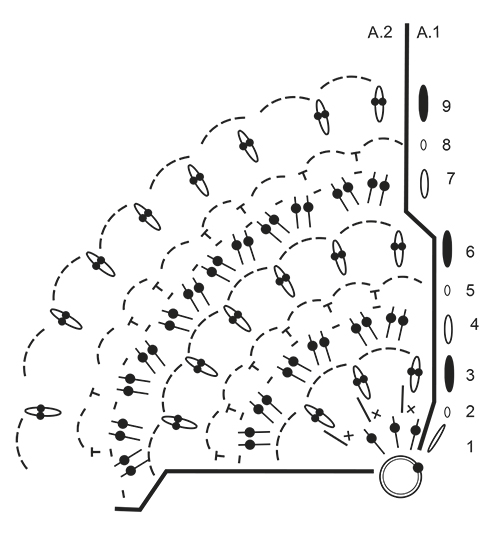
|
||||||||||||||||||||||||||||||||||

|
||||||||||||||||||||||||||||||||||

|
||||||||||||||||||||||||||||||||||
Have you finished this pattern?Tag your pictures with #dropspattern #forestcyclejacket or submit them to the #dropsfan gallery. Do you need help with this pattern?You'll find 11 tutorial videos, a Comments/Questions area and more by visiting the pattern on garnstudio.com. © 1982-2025 DROPS Design A/S. We reserve all rights. This document, including all its sub-sections, has copyrights. Read more about what you can do with our patterns at the bottom of each pattern on our site. |
||||||||||||||||||||||||||||||||||








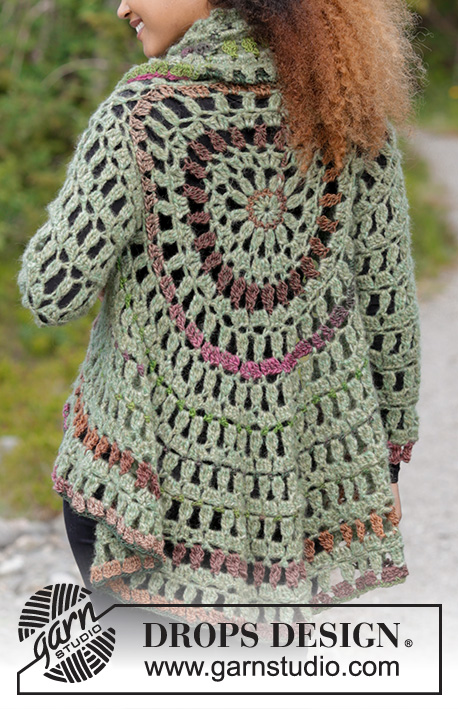
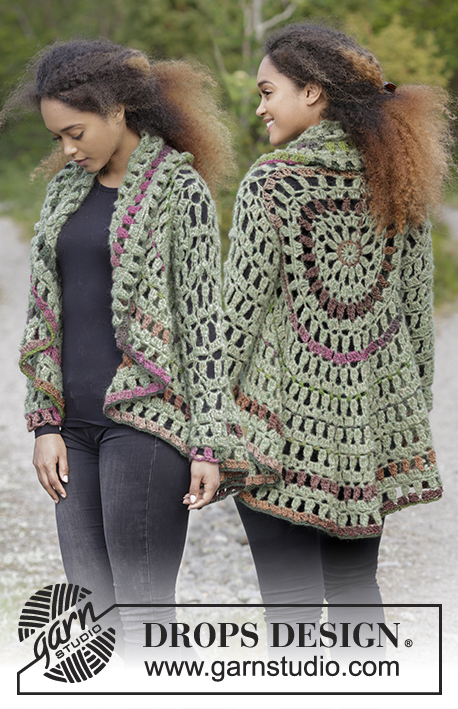
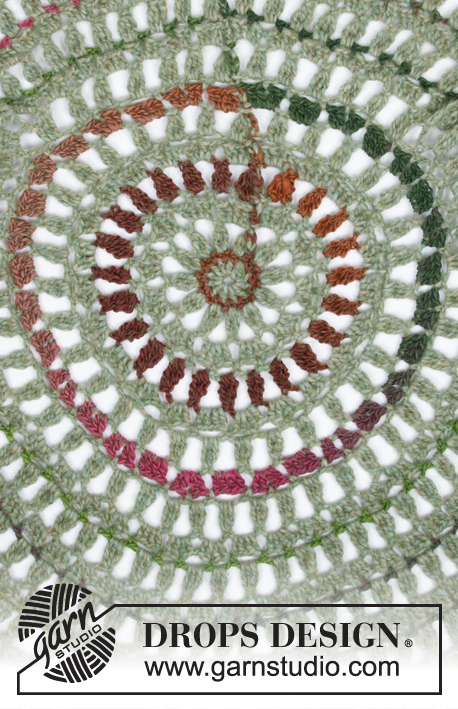

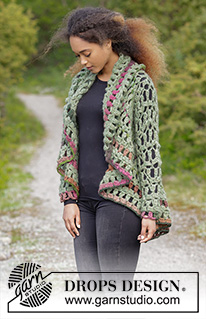
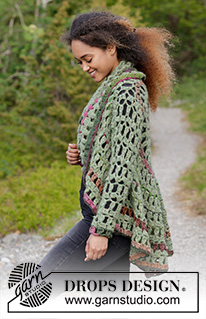
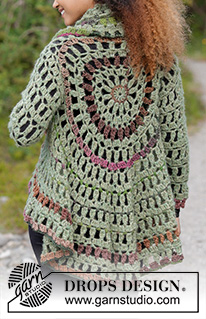






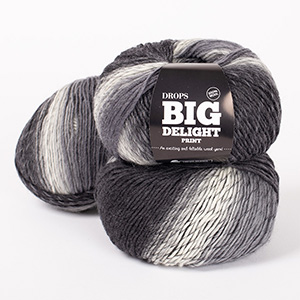




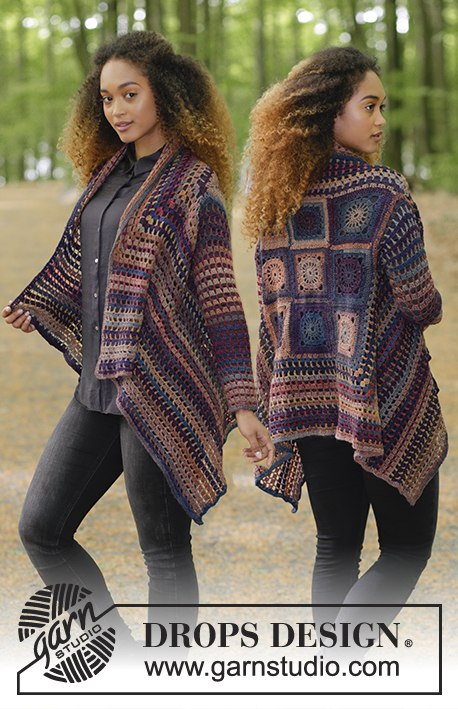







































Post a comment to pattern DROPS 180-12
We would love to hear what you have to say about this pattern!
If you want to leave a question, please make sure you select the correct category in the form below, to speed up the answering process. Required fields are marked *.